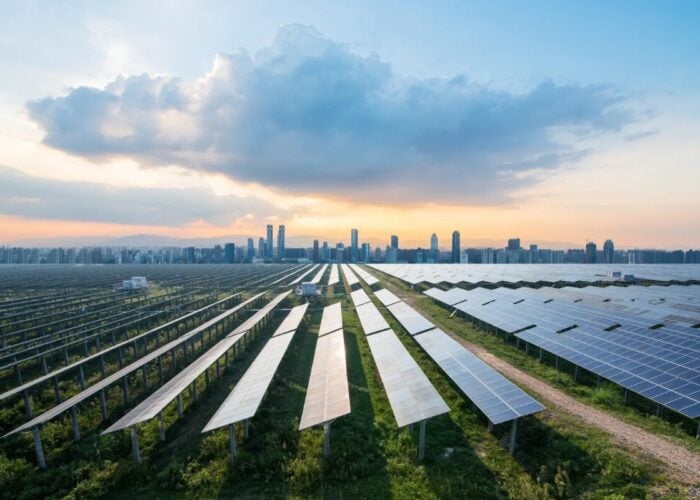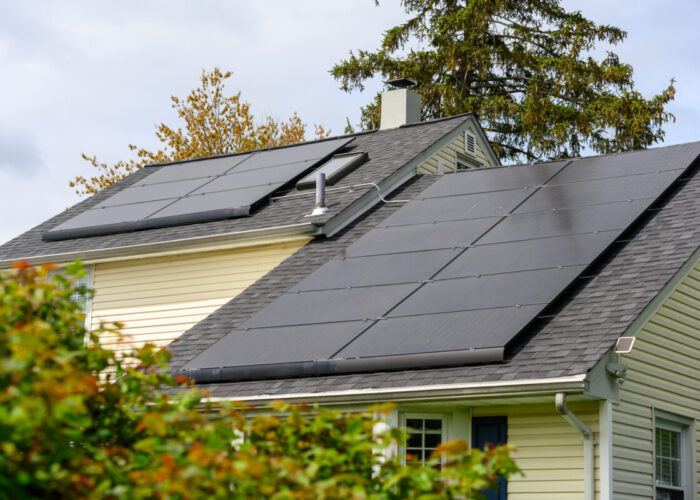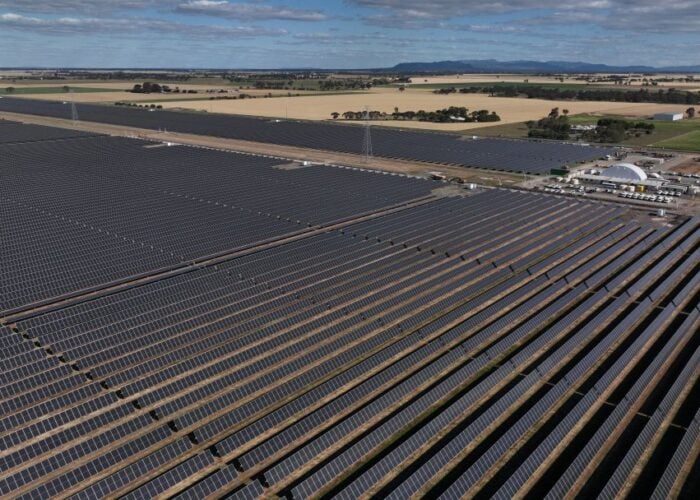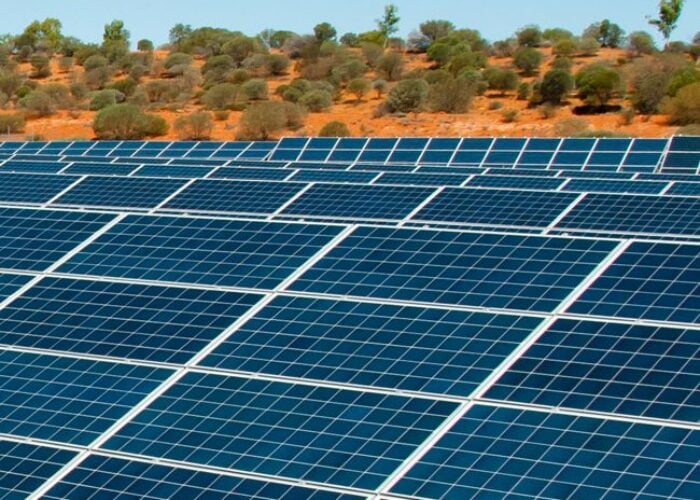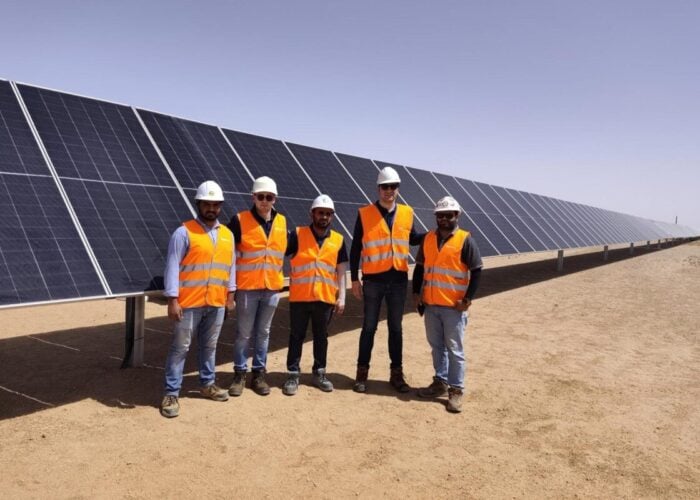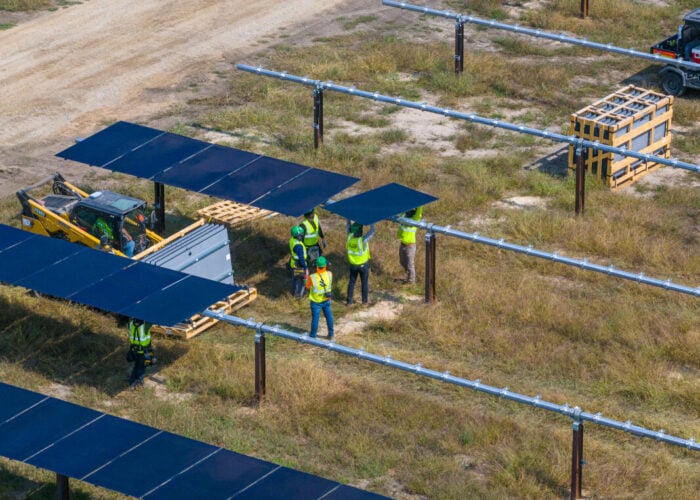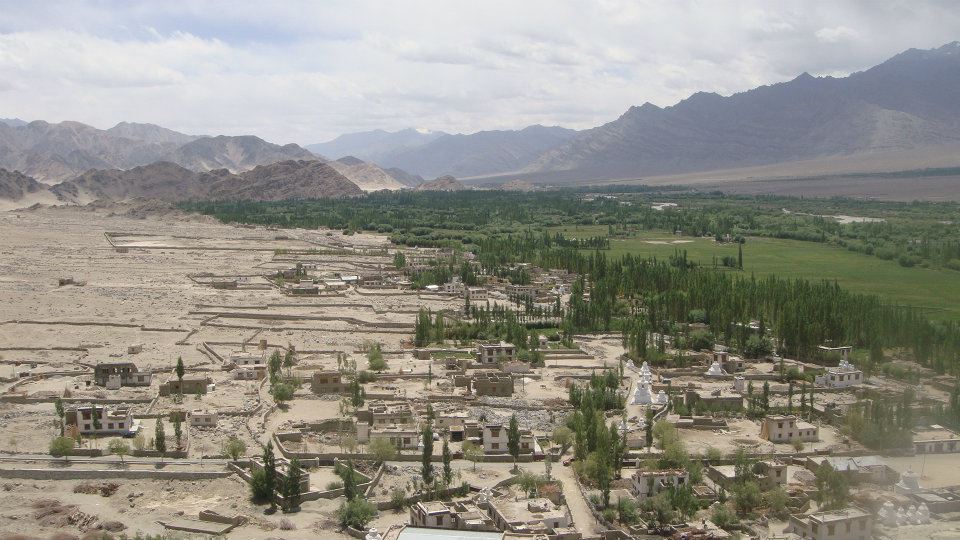
India’s cabinet has approved a 13GW renewable energy project, with a 7.5GW solar park, in the most northern state of Ladakh, a remote area that has amongst the most suitable solar conditions in the world.
Prime minister Narendra Modi also announced plans for 12GWh of Battery Energy Storage Systems (BESS) in Pang at the southern tip of the state, which has an extreme climate, with very strong irradiation and high altitude offering low temperatures.
Try Premium for just $1
- Full premium access for the first month at only $1
- Converts to an annual rate after 30 days unless cancelled
- Cancel anytime during the trial period
Premium Benefits
- Expert industry analysis and interviews
- Digital access to PV Tech Power journal
- Exclusive event discounts
Or get the full Premium subscription right away
Or continue reading this article for free
The Cabinet Committee on Economic Affairs, chaired by Modi, greenlit the project under phase two of its Green Energy Corridor venture. The Power Grid Corporation of India will lead the project, but completion is a long way away, with a target for setting up by FY2029/30 at a cost of nearly INR208bn (more than USD2.49 billion).
Access to Ladakh is very limited and often blocked off from the rest of India by snowfall on connecting roads for more than half the year. Due to its neighbouring of both China and the Kashmir region, it is also geopolitically sensitive with complex terrain and a high military presence.
The transmission line for exporting the power produced to energy demand centres further south in India will pass through the mountainous state of Himachal Pradesh, then Punjab and up to Kaithal in Haryana, where it will be integrated with the national grid. Ladakh itself will also be supplied power via an interconnection from the project to the regional capital city Leh. It will also be connected to the Leh-Alusteng-Srinagar line to provide power to the state of Jammu and Kashmir to the West.
The project will entail the installation of up of 713km transmission lines and 5GW capacity high voltage direct current (HVDC) terminals both at Pang and Kaithal. State of the art voltage source converter-based HVDC systems and extra high voltage alternating current systems will also be deployed.
Intra-state transmission systems under the Green Energy Corridors drive are also being set up in the states of Gujarat, Himachal Pradesh, Karnataka, Kerala, Rajasthan, Tamil Nadu and Uttar Pradesh for exporting 20GW of renewable energy-based power across much of India.
Ladakh has already waited a long time for these mega-scale projects to get under way. In 2019, the Solar Energy Corporation of India issued a tender for a 7.5GW solar park in Ladakh, following the government’s assessment of plans for 23GW of renewable energy in the state.

